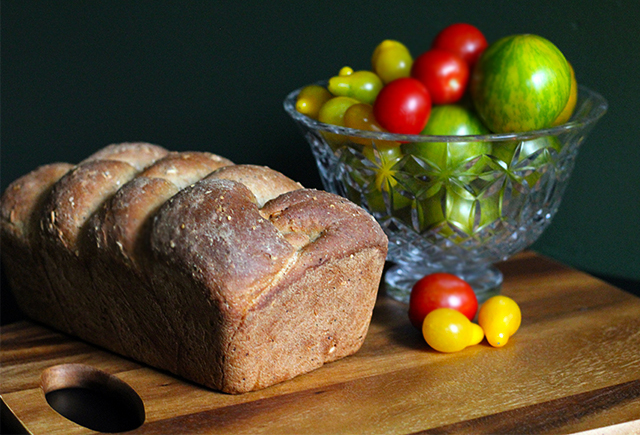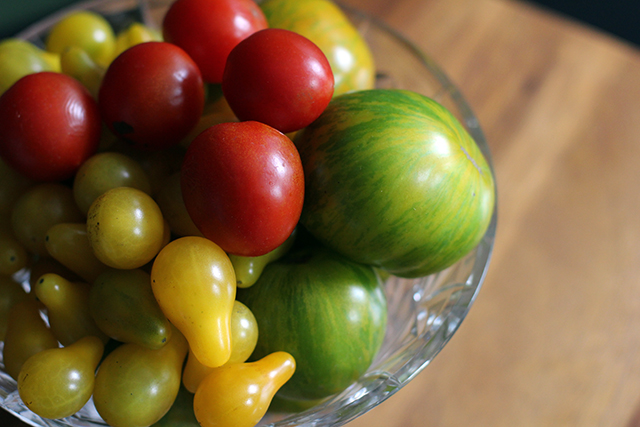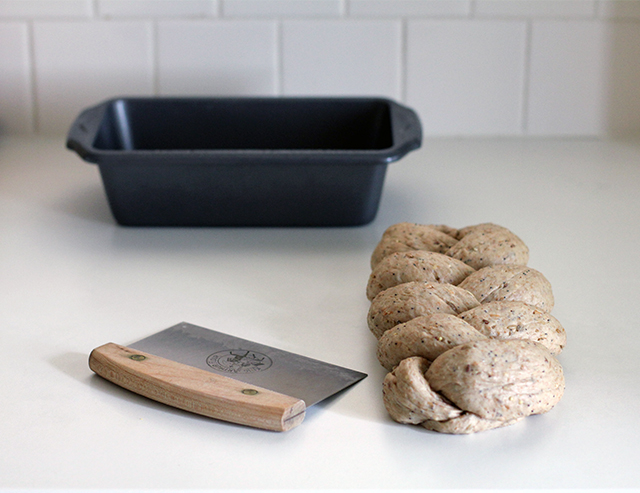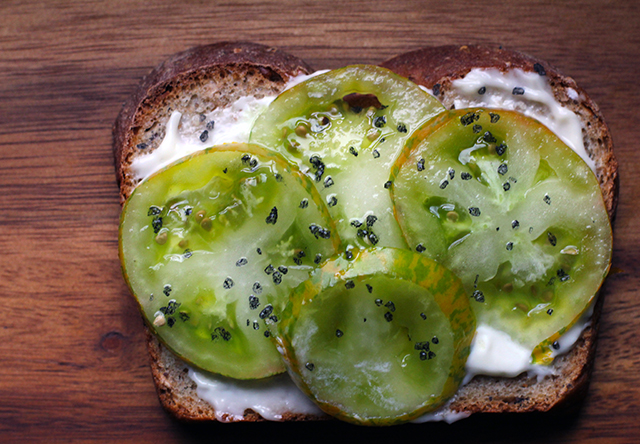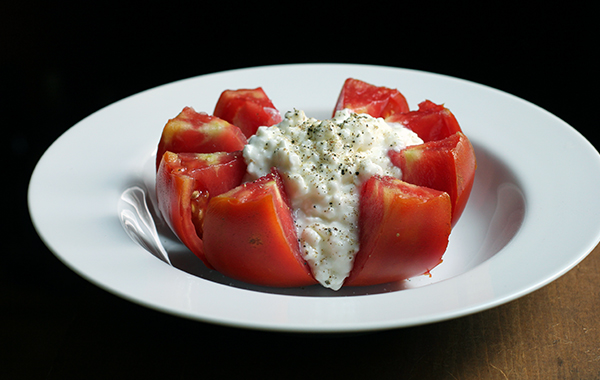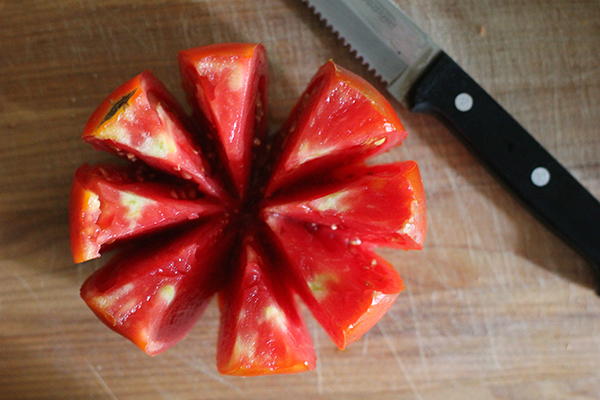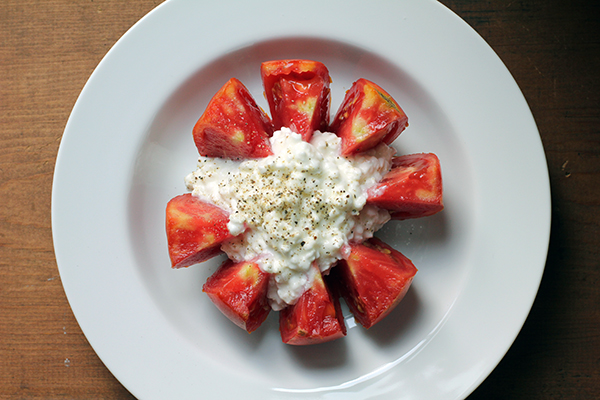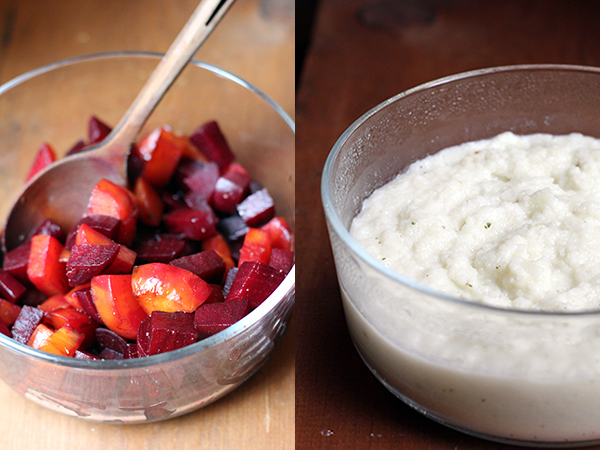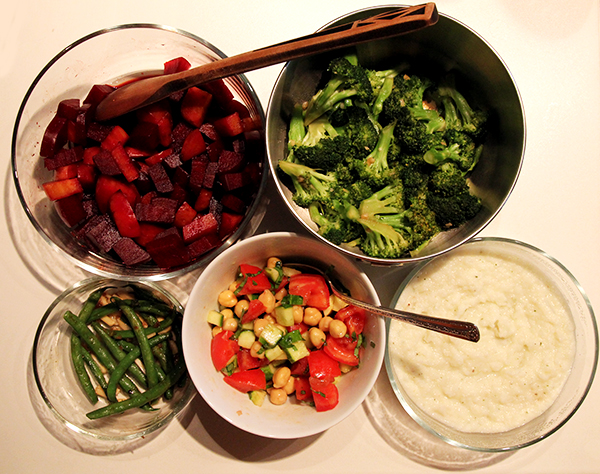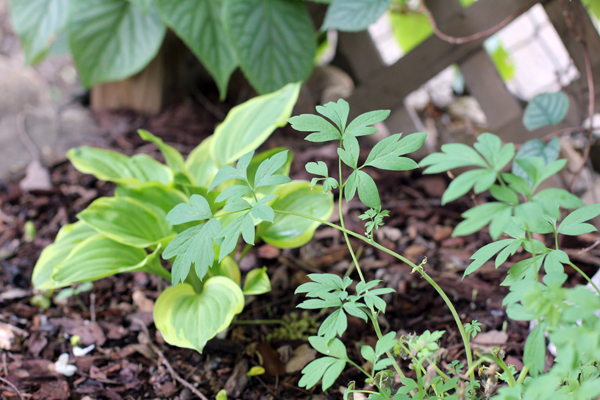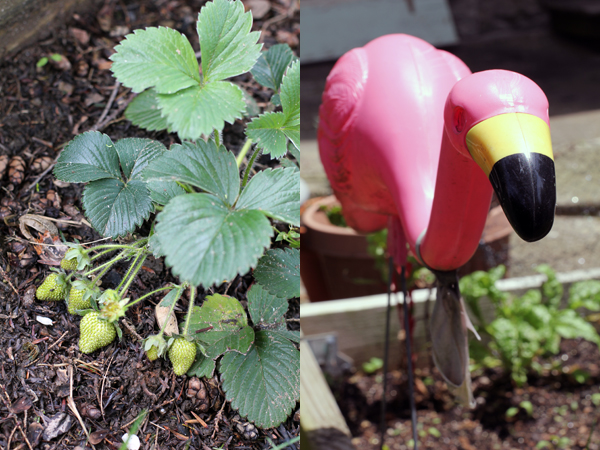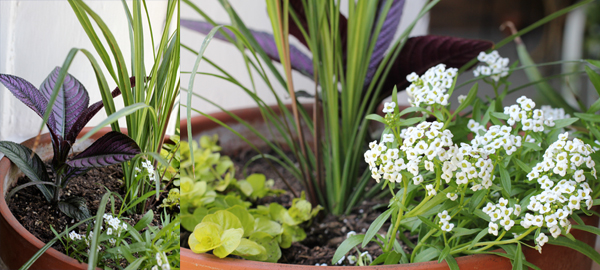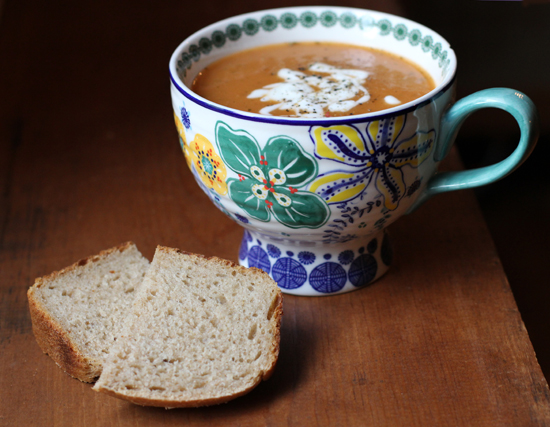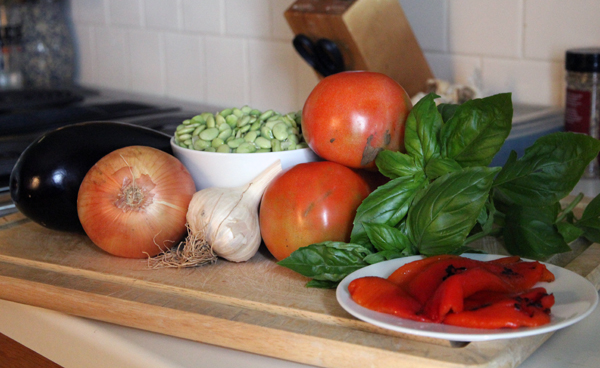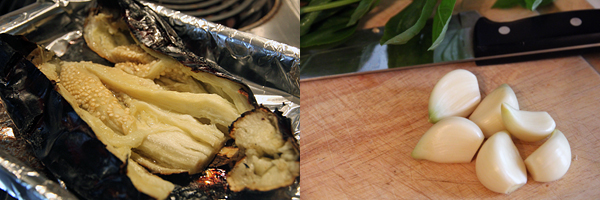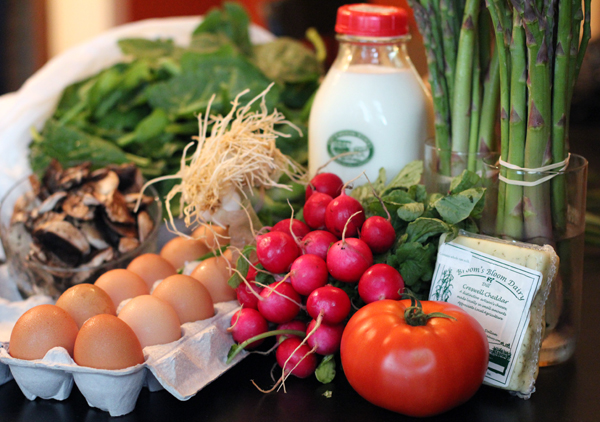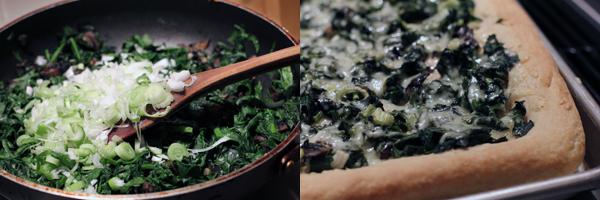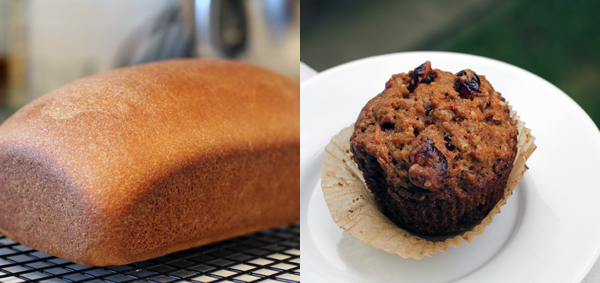The closing weeks of August generally find me living on a steady diet of tomato sandwiches, and this year is no exception. Sometimes I pair thick slices of bright red fruit with a generous schmear of kale pesto, sometimes I go classic with some mayo and salt. I almost always toast the bread, except for when it’s the first slice off a fresh loaf and I just can’t wait that long.
I know more and more people are giving up gluten products. I’ve cut back a bit from my carb-rich diet, but I’m still committed to bread. I do try and make my own as often as I can, however, favoring whole wheat flour and add-ins such as sunflower or caraway seeds. What I usually don’t have is a lot of time and patience for super-involved recipes (aside from the times that I do). For an everyday bread, I don’t want to heat milk or make extra dishes. I want to measure it all into the bowl of my stand mixer and just let the dough hook do the work. I want it to finish five minutes later with the bowl neat enough to just pull out the dough, spray in a touch of olive oil, and it’s set for reuse as the rising bucket.
That said, I was bored with my standard recipe, and so I went cruising on the internet, as people do, for something new and exciting. I stumbled across Manly Housekeeper’s adaptation of a King Arthur recipe that sounded exactly like my kind of action. And indeed it was. On my second go, I decided to have some fun and braid it rather than rolling it into a loaf; it takes about a minute more to do but I think really adds something fun to the presentation. On the second rise, the dough expands into the edges and corners of the loaf pan, so it’s still completely suitable for sandwiches, just with a fancier top. This is definitely optional, but highly recommended. One caution I will give with this recipe is that my rising times were rapid. That may just be because of the muggy August heat of Maryland, but keep a close eye on your progress.
Harvest Grains Whole Wheat Bread
only slightly adapted from Manly Housekeeper’s recipe due to pantry stock
3 1/2 cups (17.5 ounces) whole wheat flour
1 1/2 tsp. instant yeast
1 1/2 tsp. salt
1 T vital wheat gluten
3/4 cup seed mix such as King Arthur’s harvest grains blend
1/4 cup wheat bran
1 1/2 cups water
3 T vegetable oil
1/4 cup maple syrup
Measure all the dry ingredients into your mixing bowl. Combine the liquid ingredients in a measuring cup or small bowl, whisk together, and add in with the dry. Mix until just combined and then let sit for 20 minutes.
When the time has passed, continue kneading by hand or by hook about five minutes, until satiny and elastic. Lightly grease your bowl with olive oil, place dough at bottom and turn several times to coat surface with oil. Cover bowl with plastic wrap and leave to rise one hour.
Turn dough out onto the counter and gently deflate. Divide dough into three equal portions and roll each into a 16-inch log. Braid together and place in a lightly greased 9 1/4 x 5 1/4 inch loaf pan. Reuse plastic wrap to loosely cover pan and let rise again until dough crowns over pan top about an inch (mine took 45 minutes, but it could require double that).
About 15 minutes before final rise is complete, heat over to 350°F with rack in the center. When dough is ready, bake uncovered for 20 minutes. Then tent bread with aluminum foil and bake 20 minutes more.
Turn loaf out of pan immediately and cool completely on a wire rack. Slice and enjoy, topped with whatever you like best (which would be tomatoes). And keep a careful eye on any suspiciously lurking pets.

